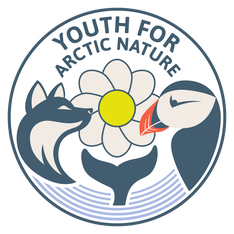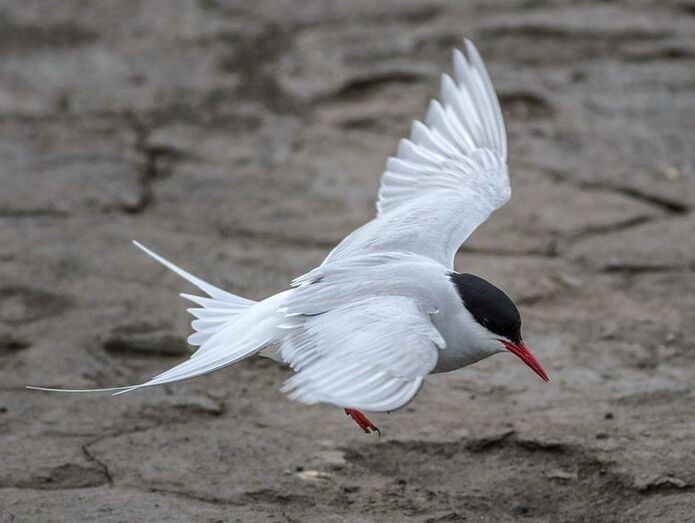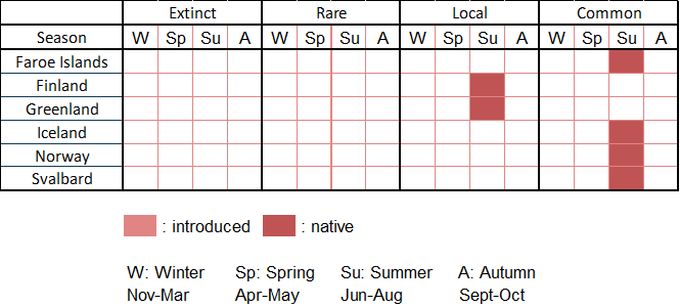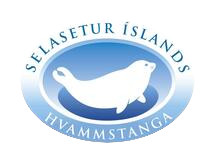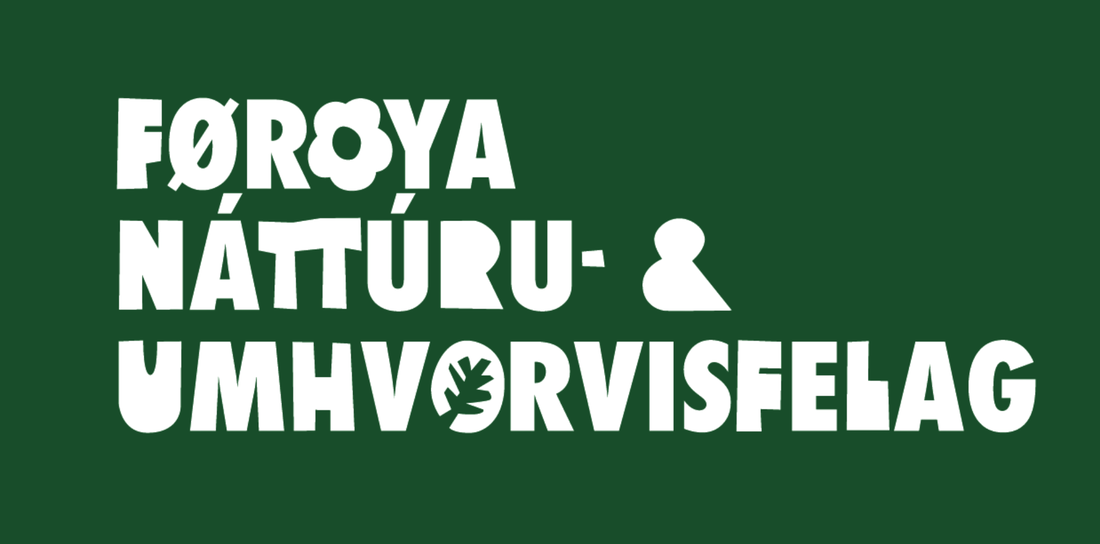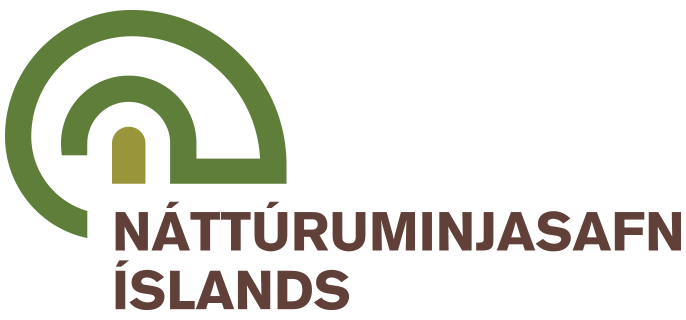|
Vulnerability: least concern (population decreasing) Invasive: no Identification: difficult (in areas with multiple tern species) Monitoring: medium (in colonies but difficult to count nests or individuals) |
|
What is it? The Arctic tern is a medium-sized for a tern with lengths between 28cm and 39cm in length for wingspans between 65cm and 75cm. It is white with light grey on the wings, a black cap, and crimson red legs and beak. The wings are narrow and pointed. The tail feathers form an inverted V shape which is usually deployed while landing or diving. When the bird is sitting or flying, it is frequent for only the outermost, longest feathers to be seen. |
|
Where is it? In summer, this species is found throughout most of the Arctic and Subarctic. This includes breeding colonies around Iceland, the Faroe Islands, southern and western Greenland, Norway, northern Sweden, northern Finland, and Svalbard. The Arctic tern winters in the southern ocean and has the longest migration of any animal.
|
|
Interesting facts |
- The migration of the Arctic tern is the longest on Earth. Some populations breed in the Siberian Arctic to travel all the way to the southern tip of South America! The longest migration route of this species is 30,000 kilometers.
- Arctic terns defend their nests extremely aggressively, which has been proven to be effective. It has even been found to be beneficial for other birds nesting in the area.
Pictures
- "Arctic Tern (Sterna paradisaea)" by Allan Hopkins is marked with CC BY-NC-ND 2.0.
- "Arctic Tern Diving" by sonstroem is marked with CC BY 2.0.
References
- Arctic Tern Identification. (2019). All About Birds, Cornell Lab of Ornithology. https://www.allaboutbirds.org/guide/Arctic_Tern/id
- BirdLife International (2022) Species factsheet: Sterna Paradisaea. Downloaded from http://www.birdlife.org on 22/03/2022.
- Boag, David; Alexander, Mike (1995). The Puffin. London: Blandford. ISBN 0-7137-2596-6.
- Evans, M. R. (1970). Oldsquaws Nesting in Association with Arctic Terns at Churchill, Manitoba. The Wilson Bulletin, 82(4), 383–390. https://www.jstor.org/stable/4160009
- Kyzer, L. (2020). Fewer Puffins Nesting at Two Major Breeding Grounds. Iceland Review. https://www.icelandreview.com/nature-travel/fewer-puffins-nesting-at-two-major-breeding-grounds/
- Ramroop, T., & West, K. (2011). To the Ends of the Earth. National Geographic Society. https://www.nationalgeographic.org/article/ends-earth/
